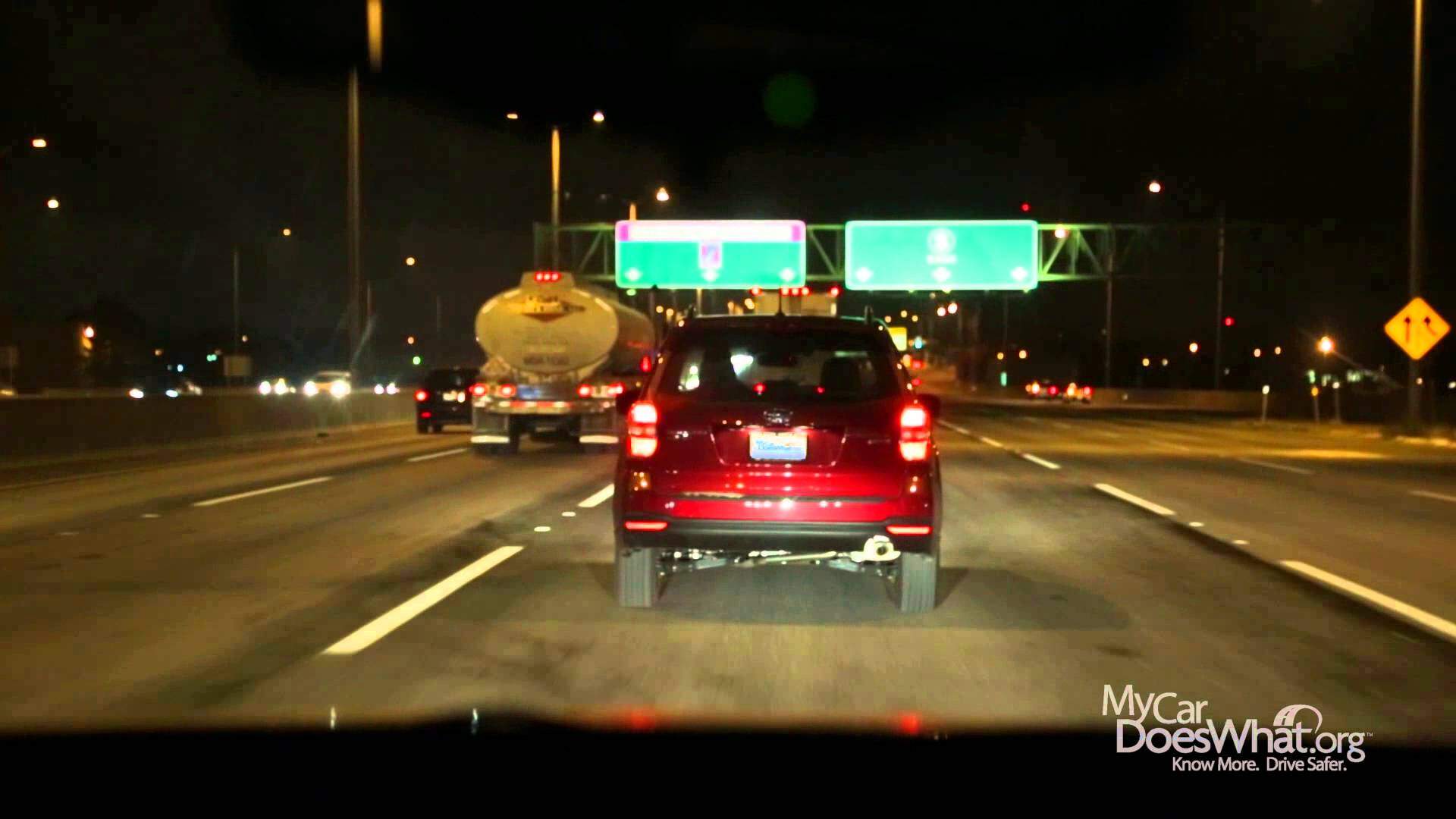Posted on November 25th, 2015
Breaking Down Automatic Emergency Braking (AEB)
Rear-end crashes are the most common crash type in the United States. Luckily, a safety feature recently recognized by the National Highway Traffic Safety Administration (NHTSA) as a significant advancement in car safety has the potential to prevent and make these crashes less severe.
Earlier this month, NHTSA announced it will add automatic emergency braking (AEB) to its 5-Star Rating System beginning with model year 2018. AEB is the evolution of forward collision warning (FCW), a currently recommended feature that warns drivers when a crash is imminent.
Halting a collision in its tracks
Automatic emergency braking uses radar, camera sensors or both to detect when you’re within moments of a frontal crash. If you haven’t taken an action in time, AEB will apply the brakes very intensely for you.
AEB brakes only – you may still have to steer around a hazard. If you do crash, it’s likely to be less severe than it could’ve been without AEB’s slowing power.
NHTSA states that AEB can prevent or reduce the severity of about half of all rear-end crashes.

Cars with automatic emergency braking help reduce the severity of rear-end crashes or help drivers avoid them altogether.
The forward collision avoidance family
NHTSA’s recommendation actually encompasses another safety feature that can significantly reduce rear-end crashes: Electronic braking assistance (EBA).
The philosophy behind EBA is that our emergency or panic braking intensity – or “stomp” pressure – aren’t strong when faced with an imminent crash. If you do start to brake before a crash and the EBA detects you weren’t forceful enough to stop in time, it will supplement your efforts with maximum braking power – reducing the severity of the crash or preventing it altogether.
Some versions of EBA can “pre-charge” your brakes when it senses a car ahead of you slowing to a stop and you haven’t begun braking yourself. If you do have to hit the brakes, the pre-charged EBA will make sure your car brakes with as much force as possible.
Just don’t be startled – EBA can pack quite the punch when it activates!
Following through on change
NHTSA’s move follows a recommendation the National Transportation Safety Board to make forward collision avoidance systems standard on all new passenger and commercial vehicles.
By choosing to add automatic emergency braking – and its accompanying systems – to the 5-Star Rating System, NHTSA is making a bold, research-based move to bolster the safety of everyone’s drive. The industry is leading the way as well – this past September, 10 of the largest auto manufacturers pledged to voluntarily make AEB standard by 2018.
For even more information on forward crash avoidance technologies, visit the forward collision warning page on MyCarDoesWhat.org. You also may want to check out SaferCar.gov’s new page on automatic emergency braking.





 Deborah Hersman
Deborah Hersman